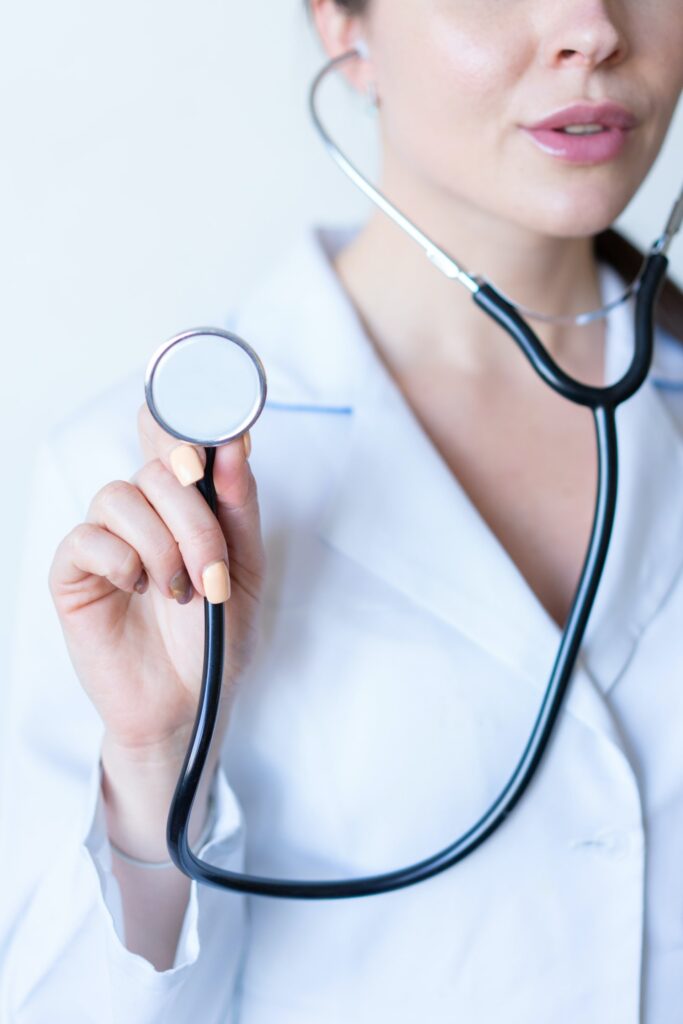
When you’re planning an event, the last thing you want to think about is what could go wrong. But the reality is that accidents happen, and sometimes people need medical attention. That’s why it’s important to have a plan in place for how to triage and treat common medical emergencies. Here’s a quick overview of what you need to know as conveyed by Dr Michael Hilton.
When an Emergency Happens
The first thing you need to do when an emergency happens is to call 911. Then, you’ll need to assess the situation and decide whether it’s something that can be handled on-site or if the person needs to be transported to the hospital. To make that decision, you’ll need to know how to triage.
Determining Triage Level
Triage levels are divided into three categories: green, yellow, and red. Green means that the person has minor injuries and can be treated on-site. Yellow means that the person has more serious injuries but they are not life-threatening. Red means that the person has life-threatening injuries and needs to be transported to the hospital immediately.
Common Emergency Treatments
Some of the most common medical emergencies that occur at events include heat exhaustion, dehydration, hypothermia, diabetes emergencies, seizures, allergic reactions, and cardiac arrest.
Here are some quick tips for how to treat each one:
- Heat exhaustion: Have the person move to a cooler location, remove any tight or heavy clothing, give them cool fluids to drink (avoid alcohol), and have them rest with their feet elevated.
- Dehydration: Have the person drink clear fluids like water or juice slowly over the course of several minutes. Avoid caffeine and alcohol. If they’re able, have them eat small amounts of salty foods like pretzels or crackers.
- Hypothermia: Move the person out of the cold environment and into a warm one if possible. Remove any wet clothing and replace it with dry layers of clothing if available. Give them warm fluids to drink (avoid alcohol). If they’re alert and able, have them eat high-calorie foods like candy bars or nuts.
Tips to get the best medical care at popular events
With large-scale events comes an influx of people into a small area, which can often lead to a shortage of medical resources. In order to ensure that you receive the best possible care in the event of an emergency, there are a few things you can do ahead of time.
- First, it is important to familiarize yourself with the layout of the event site and identify the location of the nearest medical tent.
- If possible, make a note of the phone number for event security or medical staff in case you need to call for help.
- It is also a good idea to pack a small first-aid kit including items like bandages and pain relievers.
- And finally, be sure to stay hydrated and take breaks often to avoid becoming overheated or dehydrated. By following these simple tips, you can help ensure that you receive prompt and effective medical care in the event of an emergency.
Conclusion:
Being prepared for medical emergencies is an essential part of event planning. By knowing how to triage and treat common medical issues, you can help ensure that your event goes off without a hitch—and that everyone stays safe in case of an emergency.